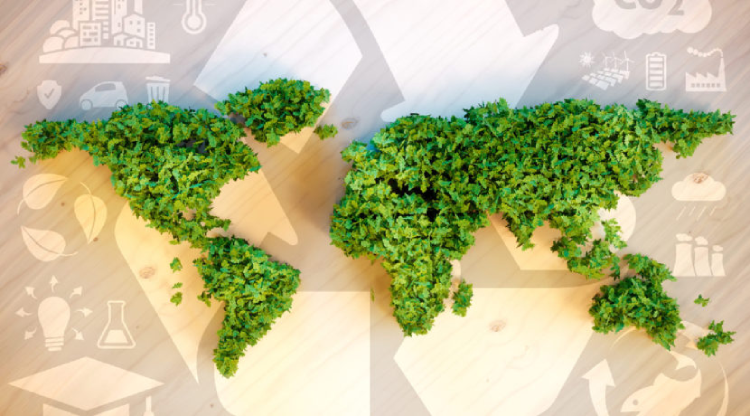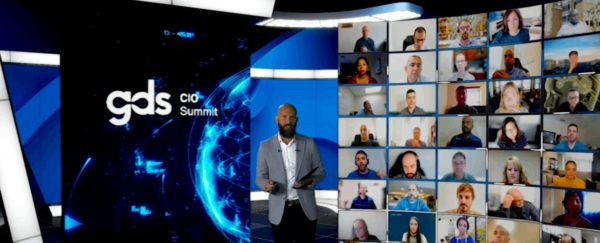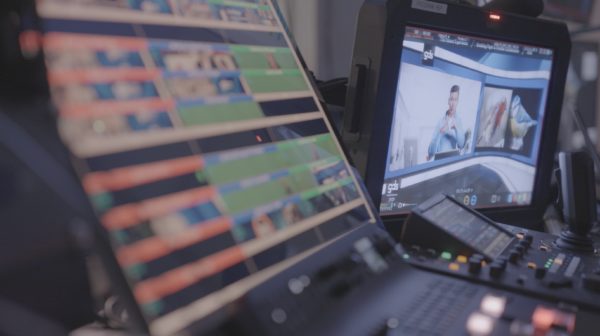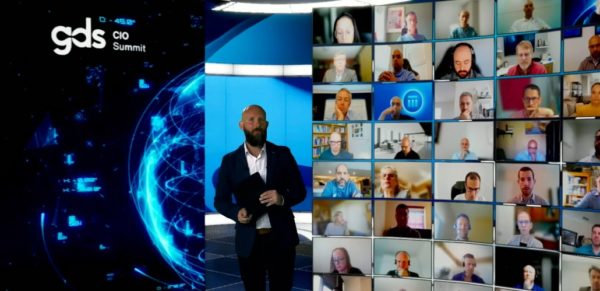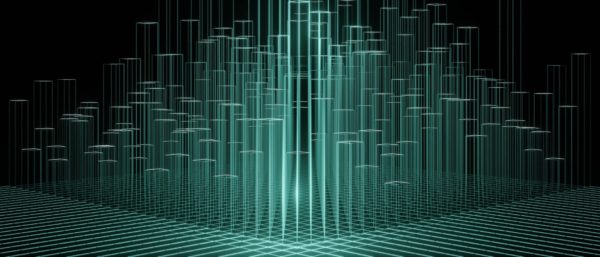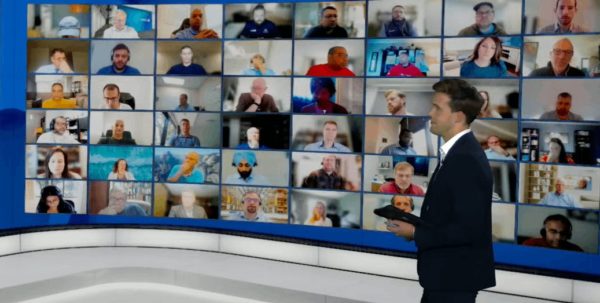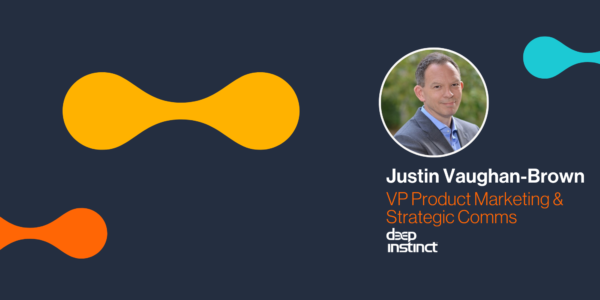Digitization hit us all in the wake of the life-altering events of COVID-19. In creating an acceleration in everyone’s digitization strategy, we all looked to the future. NFTs, Metaverse. These new and exciting technologies and opportunities allow companies to daydream about what their digital future looks like. But the severe amount of data being consumed now, as compared to pre-pandemic levels, is leading to larger data centers and lakes than ever before, and it becomes evident that powering, utilizing, and developing these technologies at a global scale is directly at odds with something else that came out of the global pandemic.
During our many one-walk-a-day moments outside our houses, we started to notice the simpler things, such as the return of nature. Bees were thriving, carbon dioxide levels on the planet dipped, and prices of fuel dropped significantly. We all got a taste of what could be as time and industry seemed to stand still.
Can these two experiences coexist? The reality of digitization is not going away, and we continue to accelerate, innovate, explore and expand, with consumer demands always asking for more in everything. Including a more sustainable approach.
So, let’s explore some examples of things going right, and let’s imagine pulling these with us as we enter web3.0, so we can all live on a planet that can sustain our digitalization dreams.
What is Recyclable Energy vs Renewable Energy?
Let’s refine what’s meant by ‘recyclable’ versus ‘renewable.’ As Smart Cities Dive defined back in 2017, “recycling is the practice of transforming waste products into new supplies and products. Renewable resources are resources that have the capability to be naturally and organically replaced in a set period.”
Not to be pessimistic here, but with the volume of resources currently used and wasted, think of the time difference between knocking down a forest and planting a new one (yes, every little bit helps but we’ll get to that later). So let’s focus on recycling energy. How can we use energy we are already consuming on a global scale better, smarter, and together?
For a great example, let’s look to the Nordics, who get the top spot when it comes to energy generated from garbage. Yes, you read correctly, garbage. As the New York Times reported back in 2018, Sweden was already utilizing trash to heat homes, power buses, and fuel taxi fleets.
“Four tons of garbage contains energy equivalent to one ton of oil, 1.6 tons of coal, or five tons of wood waste,” according to Avfall Sverige, the Swedish Waste Management and Recycling association.
It’s not just an interesting approach to landfill rubbish, but it’s proactively taken away from the convenience factor of fossil fuels. As outlined by the authors of Blue Ocean Strategy and Blue Ocean Shift, “Sweden is not only saving money by replacing fossil fuel with waste to produce energy; it is generating 100 million USD annually by importing trash and recycling the waste produced by other countries.”
The authors ascribe the success to setting up simple recycling processes and making it accessible. Since there is a demand from consumers, utilizing this mindset has allowed Sweden to minimize waste and create energy, together.
This move to renewable energy is how the Nordics hit their environmental targets successfully, according to Nordic Energy Research. “In the years ahead, decarbonizing heavy vehicles, aviation, and shipping will be a priority. Together, the Nordic countries can lead the world in sustainable transport.”
Let’s zoom in on that word: together. As we all know from an individual level, one small deed a day can lead to a world of change.
Looking at future technology and future planet earth
Staying in Sweden, let’s look at a case study by IRENA, International Renewable Energy Agency (if this is an interesting topic for you, read this report). In this study, four solutions are shared, showing how they integrate into the working model of Supply, Transmission, Distribution, and Demand.
Each option also looked at enabling technologies we discuss daily at GDS Group, like Artificial Intelligence, blockchain, Internet of Things, and big data, which are crucial to enabling Sweden the opportunity to hit its 100% renewable-powered future.
Are you green from the ground to your clouds?
Digitization, with its new technologies that guzzle energy, is here to stay. So, what does that mean for the planet? Well, let’s ask another question: is your cloud green?
A Wired report card on the top three cloud providers shows how their environmental claims stack up, and will give you a good idea of where you sit. Measurement falls into three areas: efficiency of data centers, efficiency of the servers, and the source of the electricity.
As you may anticipate, there are a lot of nuances and the use of smarter technology is needed to help companies predict when they can tap into renewables or rely on REC, or renewable energy credit. The reality of needing energy continuously to power and cool the data centers leads to an energy battle. With more data being consumed and more remote, flexible working on the table, companies are using more cloud infrastructure than ever before, and greener clouds are a great place to start.
Now let’s scale- manufacturing
Many years ago I saw a documentary on Händelö Eco-Industrial Park, based on an island just outside Sweden. It is an industrial site that shows industrial symbiosis at its finest. In simple terms, the waste energy from one factory moves to another factory that can utilize the waste energy to produce products. This cycle happens one more time, creating an industrial symbiosis. This is an innovative glimpse of what could be possible. Now, let’s take this mentality – one man’s waste being another’s gold – and apply it to the future of depots being built, or industrial units being created. If a business creates a lot of waste, could it be utilized by another business?
Finally, according to an article by Forbes on sustainable manufacturing, renewable energy in manufacturing can look costly, but there are ways to make it economical, at scale. Firstly, be thoughtful in your approach. Like renovating your own house, greener goals and opportunities can be costly upfront, but reap rewards long term. Check your partners and suppliers, and ensure they align with your green goals. And utilize innovation in green space. Think: how can your business successfully lean into recyclable, renewable, or waste energy? Simply, toget

